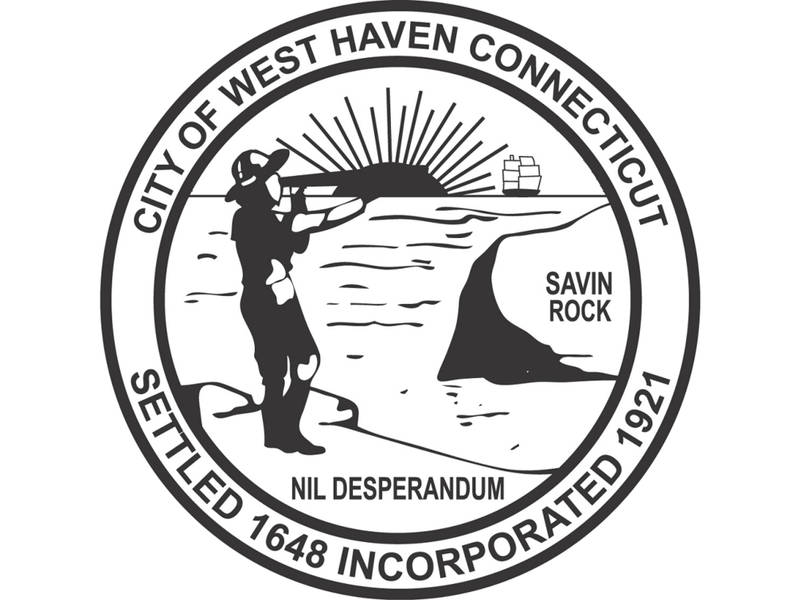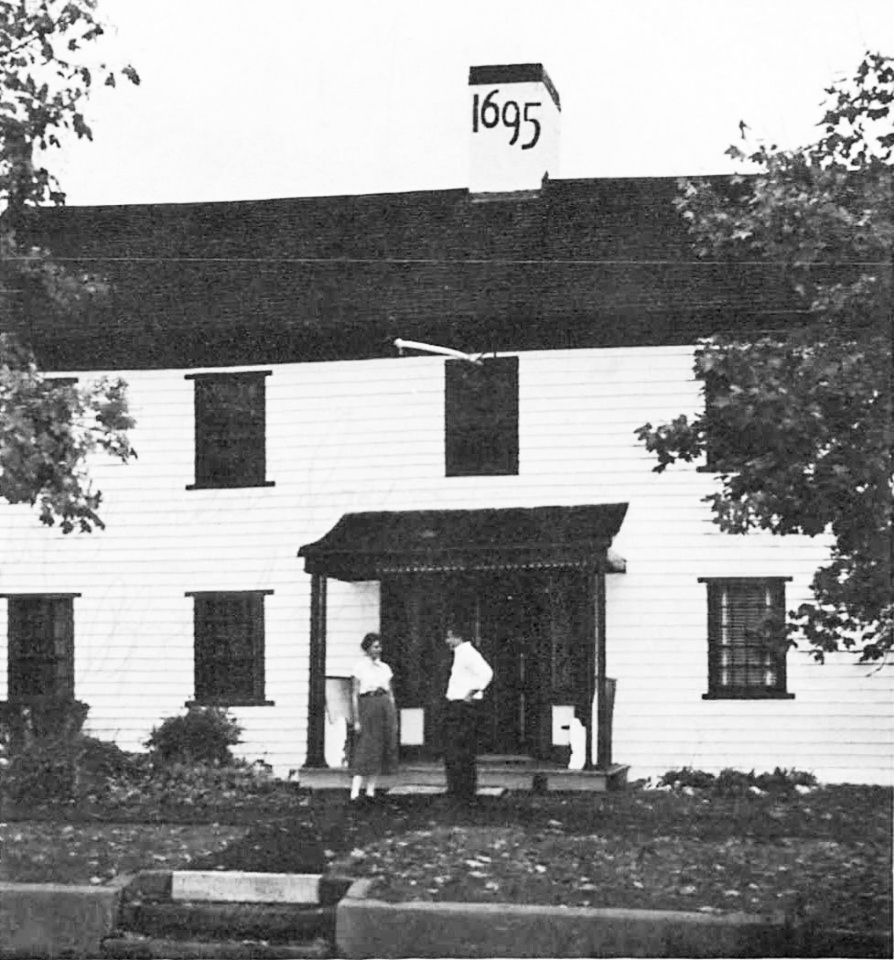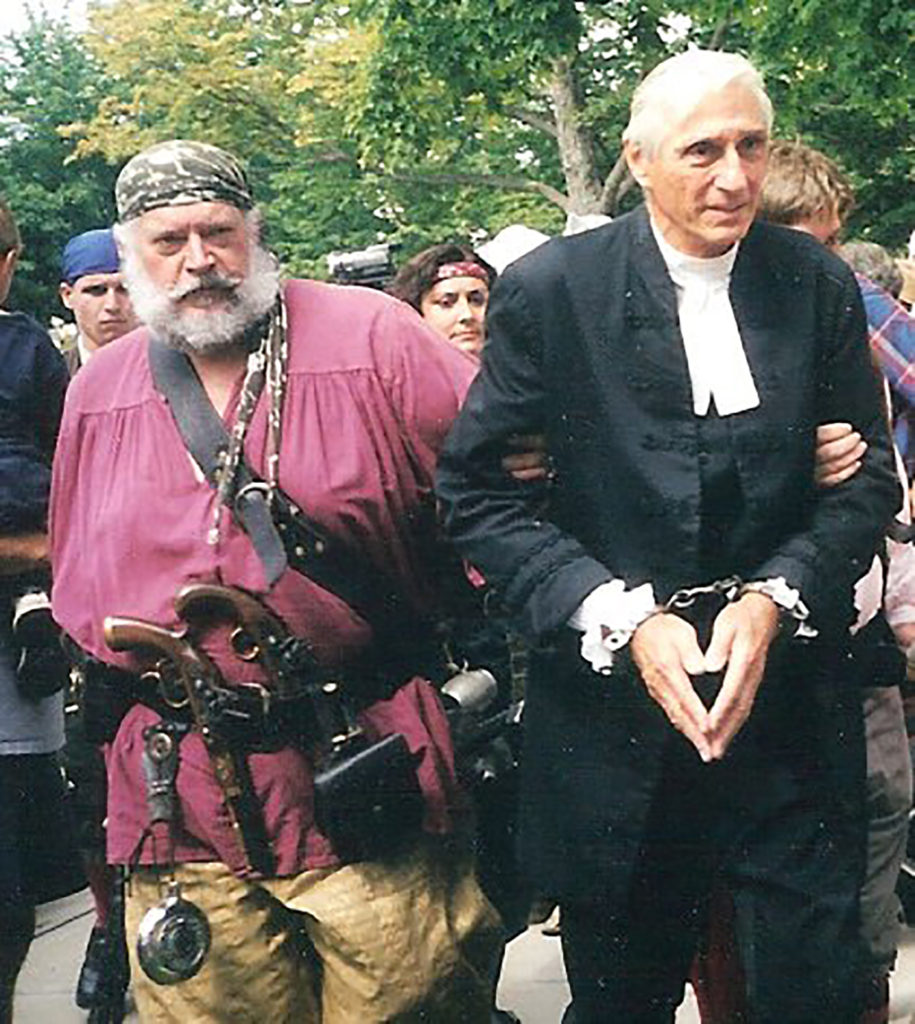
Thomas Painter
Thanks to Peter J. Malia for contributing to this week’s column:
The most vivid account of the landing of the British in 1779 was given by Thomas Painter of the West Haven Congregational Church. He was a member of the artillery, and under command of Lt. Azel Kimberly, also of the Congregational Church. Painter relates that the night the enemy came he was on guard duty near the shore, close to Platt Avenue. Not long after midnight, a large fleet of enemy ships appeared in the harbor.

(From the account of Thomas Painter) “Myself and others of the guard started walking along the shore eastward to the location of the ships on what was known as Old Field Shore. After staying there on this star-lit night we discovered the fleet anchored off Old Field.” We note that this spot is some distance west of the present site of Chick’s restaurant. Fearing for his family, young Painter went back to his uncle Steven’s to inform them of the danger. However, they were not willing to believe there was much danger since there had often been ships seen anchoring along the shore and causing unnecessary false alarms. Painter then hurried back to Old Field Shore to continue to observe the enemy. Suddenly a gun was fired from the British Commodore’s ship, and troops began to unload!”

As Tom Painter and two militia friends from West Haven watched from Old Field shore, the British troops began to disembark from their ships into smaller boats, and began to row toward shore. The time was 6 o’clock on the morning of July 5, 1779.
The small boats headed directly for the shore at about the middle of Old Field (near Washington Avenue). In Painter’s words, “It was near high tide so the boats could come up to the beach. As soon as they came within point blank shot we fired into them and continued the fire, until they began to land within a few yards of us, when I thought it was time either to retreat, or to resign, and beg for quarters, rather than to run the risk of crossing over the open field under the shower of shot, which I knew must soon follow me. But, I well knew, that after we had been so foolish as to come and fire a few shots, at an army of men, all huddled in their boats and without any possibility of the enemy answering our fire, that our chances of surviving this encounter were slim.”
Painter continues, “There was therefore no other alternative but to run, and run we did. I instantly started across the field at the height of my speed, with the bullets after me, like a shower of hail which seemed to prostrate all the grass around me. But fortunately I escaped, unhurt, and retreated to another good stand, on the rock pasture and awaited the approach of the flank guard. Then I would fire a few shots, and retreat to another ambush, and fire a few more shots and again retreat and so I continued to do until I had got nearly up to the Milford Turnpike Road, where there was an adjutant of the enemy was killed and left behind.”
The Redcoats attempted to cross the West River on West Bridge, at the site where the Post Road currently enters New Haven.
However, three Yale students under the direction of Captain Phineas Bradley manned a field piece and with accurate cannon fire, kept the British from entering the city by that route, while the bridge was disassembled by its defenders.
Today, a statue in their honor may be found at the intersection of Congress Avenue, Davenport Avenue and Columbus Avenue with Ella Grasso Boulevard.
New Haven was taken that day by the Redcoats, but the Patriot Militia and Continental Army, though badly outnumbered, gave them a fight to remember. Adjutant Campbell is buried at the spot where he fell on Allingtown Heights–then known as Milford Hill—on Prudden Street, across the Post Road from the University of New Haven.
His grave is marked with a bronze plaque upon which is inscribed, “Blessed are the Merciful.” And so it came to pass that West Haven became the only city in the United States with its main street named to honor an enemy soldier!
The capture of the Rev. Noah Williston with the church records, and the subsequent sacking of the parsonage by the Redcoats, robbed this church and the community of its earliest records. There is an enormous amount of information on early West Haven in First Church’s archives, but prior to 1779, everything is gone.
Those West Side farmers who took part that day in the defense of present day West Haven are buried in the cemetery alongside First Church. They represent but one chapter out of many in the stories that intertwine the histories of West Haven and the church on the Green.